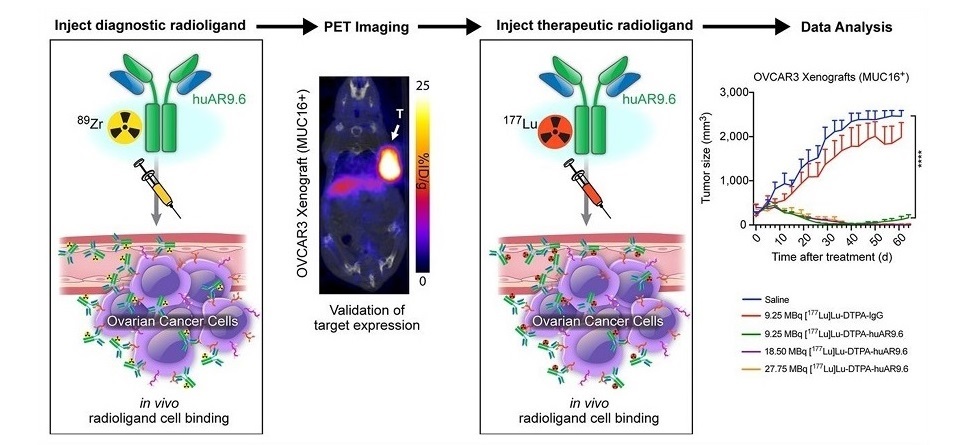PET Used Instead of Repeated Biopsy for Monitoring of Prostate Cancer
By MedImaging International staff writers
Posted on 30 Apr 2014
A study described a method to direct the lipid metabolism in cancer cells to use more of radiolabeled glucose.Posted on 30 Apr 2014
Most tumors are fed by metabolizing glucose, and therefore can be seen in positron emission tomography (PET) imaging scans that detect radiolabeled glucose. However, prostate cancers tend to use the lipid metabolism pathway and so cannot very effectively be imaged in this way.
A University of Colorado (CU) Cancer Center (Aurora, USA) study presented at the American Association for Cancer Research (AACR) annual meeting held April 5–9, 2014, in San Diego (CA, USA) described an innovative way to “manipulate the lipid metabolism in the cancer cell to trick them to use more radiolabeled glucose, the basis of PET scanning.” The statement was made by Isabel Schlaepfer, PhD, an investigator at the CU Cancer Center department of pharmacology, and recipient of a 2014 Minority Scholar Award in Cancer Research from AACR.
The current study used the clinically safe pharmaceutical agent etomoxir to cut off prostate cancer cells’ ability to oxidize lipids. With the lipid energy source removed, cells switched to glucose metabolism and both cells and mouse models roughly doubled their uptake of radiolabeled glucose. “Because prostate cancer can be a slow-growing disease, instead of immediate treatment, many men choose active surveillance—they watch and wait. But that requires repeated prostate biopsies. Instead, now we could use this metabolic technique to allow PET imaging to monitor prostate cancer progression without the need for so many biopsies,” said Dr. Schlaepfer.
Furthermore, Dr. Schlaepfer pointed out possible therapeutic application of the technique: while immediately useful for imaging, it may be that blocking a prostate cancer cell’s ability to supply itself with energy from lipids could make it difficult for these cells to survive.
The University of Colorado Cancer Center is currently recruiting participants for a human clinical trial of the fat-burning inhibitor ranolazine to enhance PET imaging during the active monitoring of prostate cancer (NCT01992016).
Related Links:
University of Colorado Cancer Center














